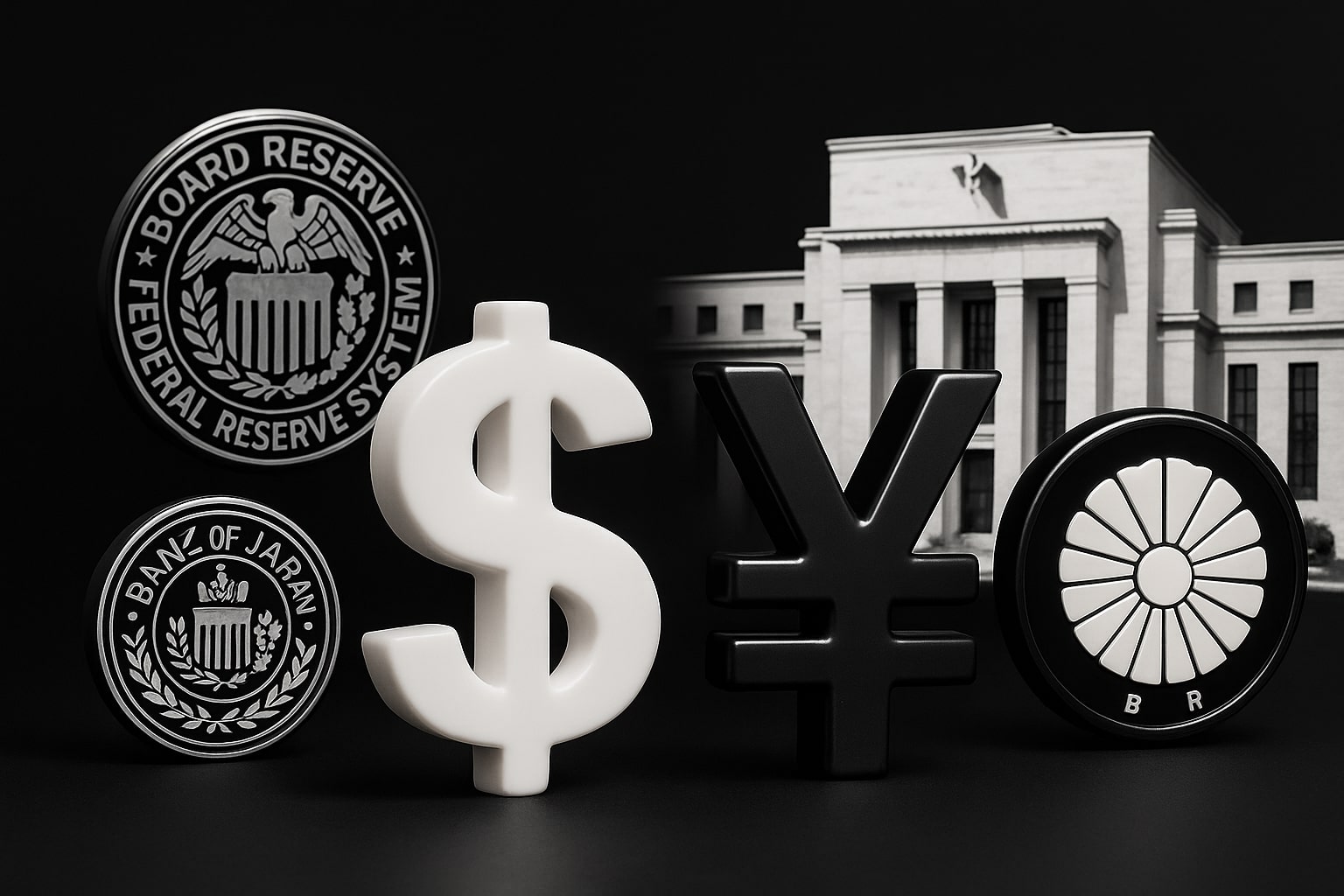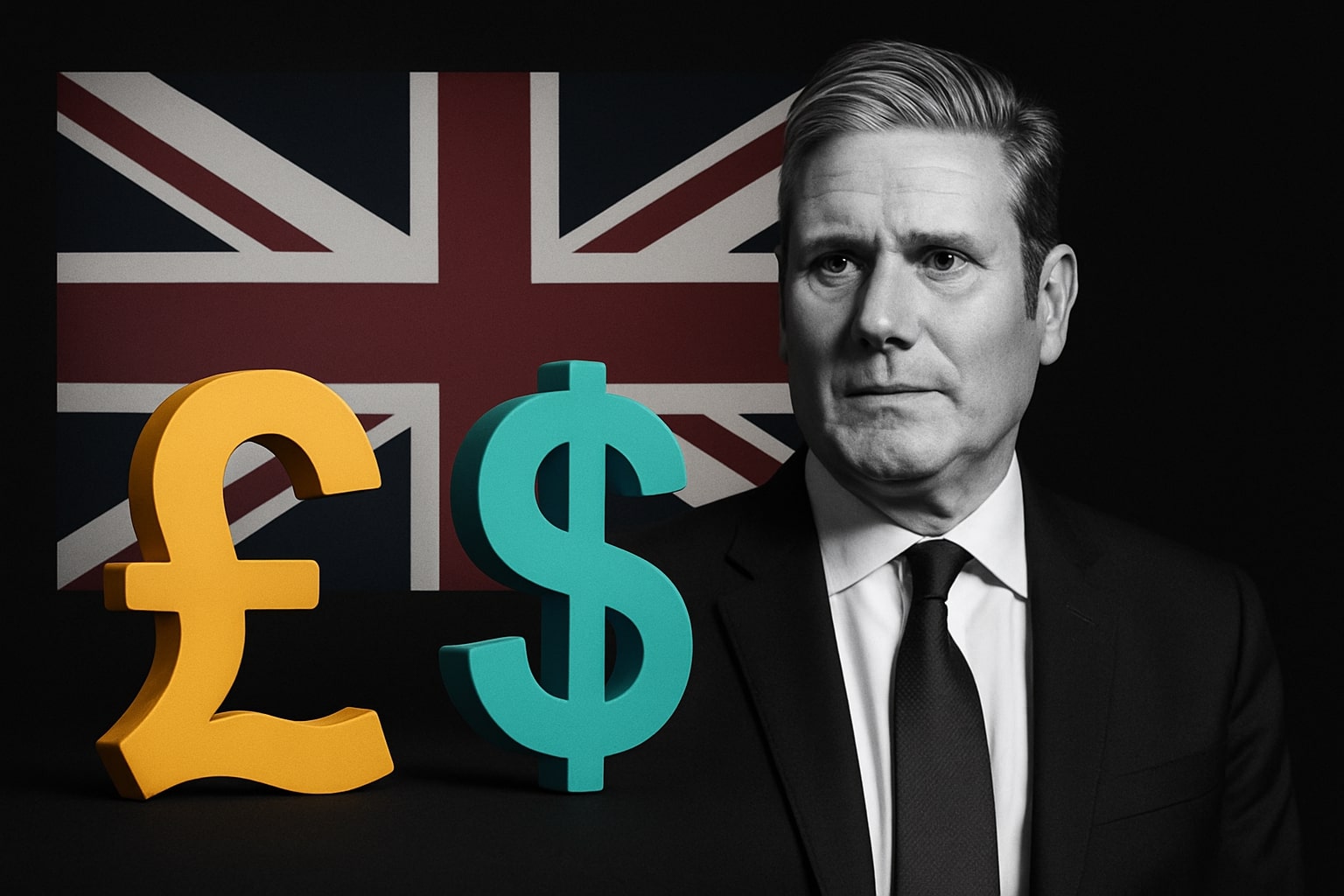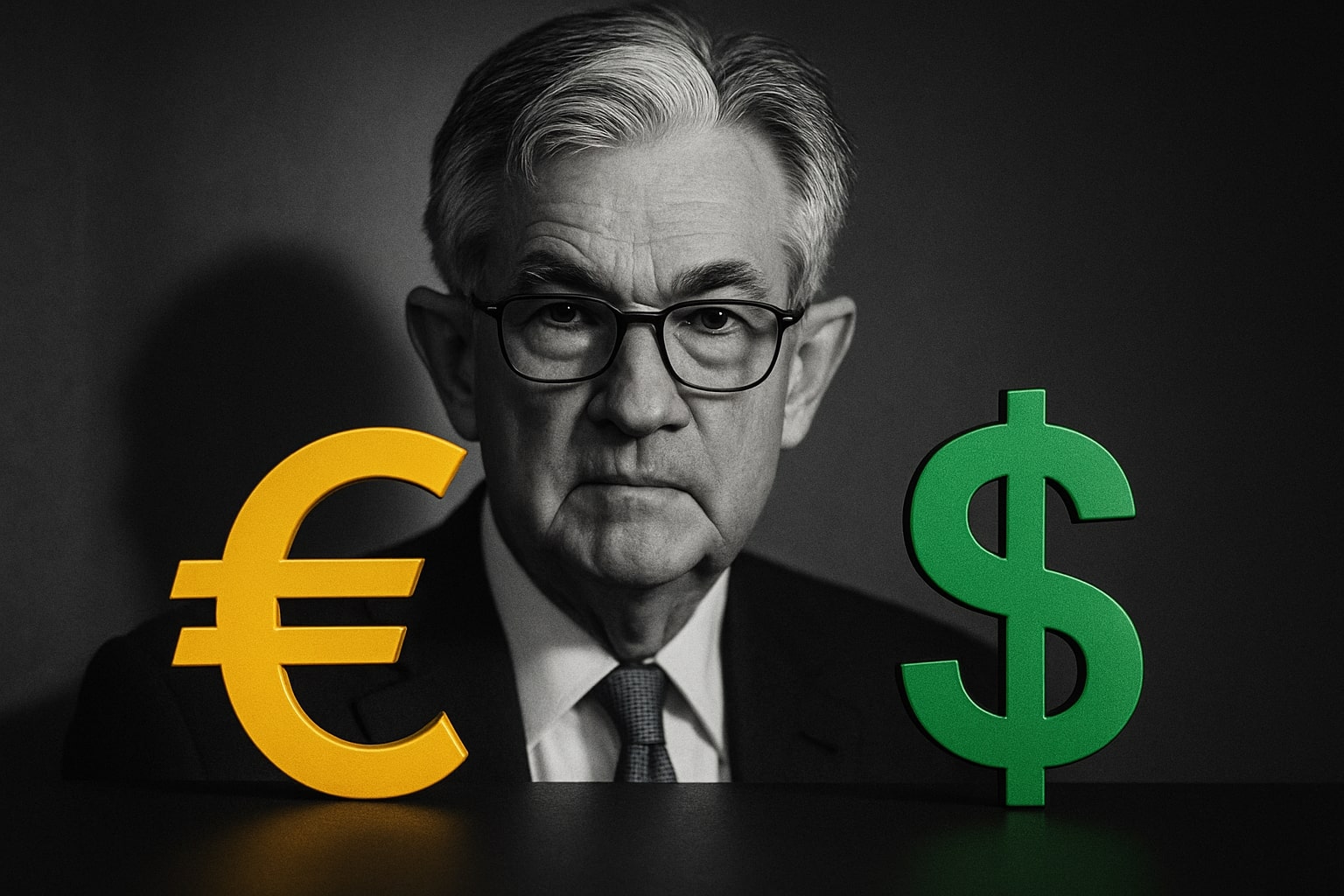
EUR/USD: Can the Euro Hold Its Ground Against a Weakening U.S. Dollar?
As the Euro recovers to $1.1310, will it break above $1.1363, or will concerns over U.S. fiscal policies pull the pair lower? | That's TradingNEWS
EUR/USD Price Analysis: Technical and Fundamental Shifts Impacting the Dollar and Euro's Future Direction
EUR/USD Technical Breakout and Support Levels: Will the Euro Continue Its Momentum or Face a Setback?
The EUR/USD pair has been exhibiting notable movement recently, having recovered from its earlier losses. Trading at 1.1310 during Friday's Asian session, the pair made a significant jump after the U.S. Dollar (USD) softened due to a retreat in U.S. Treasury yields. After the U.S. 30-year bond yield slipped from its 5.15% peak—its highest in 19 months—there was an immediate pullback, which helped the EUR/USD advance. The major question now is whether the Euro can maintain this upward momentum or if the price will face resistance at key levels ahead.
EUR/USD Recovery Amid U.S. Dollar Pressure: Can the Bulls Hold On?
Despite the softer U.S. Dollar, the road ahead for EUR/USD remains uncertain, especially given the mixed fundamentals. On Thursday, the U.S. Dollar Index (DXY) dropped to 99.62 after facing resistance at the critical 100-mark. This was triggered by the decline in U.S. Treasury yields, particularly the 30-year bond yield, which fell to 5.03% from a high of 5.15%. At the same time, U.S. economic data, such as the stronger-than-expected S&P Global PMI readings for both manufacturing and services, failed to trigger a more bullish reaction for the greenback. Although traders may have taken profits, the broader risk sentiment remains fragile.
Fiscal Concerns Weighing on the U.S. Dollar: How Far Will the Economic Backdrop Affect USD’s Strength?
The growing concerns about the U.S. fiscal deficit, highlighted by Moody’s recent downgrade of U.S. credit ratings to Aa1, are contributing to dollar weakness. U.S. debt is projected to reach a staggering 134% of GDP by 2035, up from 98% in 2023. The approval of former President Trump's budget plan has only exacerbated fears about long-term fiscal sustainability, with the Congressional Budget Office (CBO) estimating a $3.8 trillion increase in the deficit. As these fiscal challenges unfold, U.S. policymakers, including Federal Reserve officials, are under pressure to navigate the economic landscape carefully. In particular, comments from Fed Governor Christopher Waller suggested the potential for future interest rate cuts, which further dampened the dollar's outlook.
Eurozone Struggles: How Will Slowing Growth Impact the Euro’s Ability to Break Key Resistance?
On the other hand, the Eurozone's economic performance has been more mixed. The European Central Bank (ECB) has yet to make any substantial policy shifts despite inflationary concerns, with ECB policymaker Boris Vujčić noting that inflation might not reach the 2% target until early 2026. Furthermore, the Eurozone PMI data paints a bleak picture of the region’s growth. The HCOB Flash PMI showed a dip in services to 48.9 from 50.1, falling short of expectations. Germany’s economy, in particular, is under pressure, with its manufacturing PMI rising slightly to 48.8 from 48.4 but still remaining below expectations. These figures indicate stagnation, adding to the challenge the Euro faces in maintaining a bullish stance against the USD.
U.S. Economic Outlook and Global Trade Tensions: Could U.S. Policy and Tariffs Affect EUR/USD in the Near Term?
Looking at the broader geopolitical landscape, U.S. President Donald Trump’s push for tariff cuts from the European Union has led to increased market uncertainty. The European Union faces the risk of additional duties unless it reduces tariffs, with U.S. Trade Representative Greer set to meet with the EU’s Commissioner for Trade to discuss the matter further. This ongoing tariff friction between the U.S. and the EU could potentially affect the EUR/USD exchange rate, as any escalations might create volatility in the short term.
The EUR/USD’s Path Forward: What Are the Key Levels to Watch for the Upcoming Days?
From a technical perspective, EUR/USD has formed a solid recovery from its recent dip, as the pair maintains support around the 1.1265 mark. A key level to monitor is the 50-EMA at 1.1282, which traders have been watching closely. As long as the EUR/USD remains above this level, the likelihood of further upside toward the 1.1363 resistance increases. If the pair breaks through this resistance, the next target will likely be the 1.1425 and 1.1481 levels. On the downside, if EUR/USD falls below the 1.1265 support, the price could test the 200-EMA at 1.1215, with a further risk of pushing back to the 1.1130 region.
Will the U.S. Dollar’s Weakness Allow for EUR/USD Bulls to Control the Market?
The EUR/USD bulls are currently in the driving seat, but the key question remains whether the dollar will continue to weaken or if a reversal is in the cards. The fiscal pressures and U.S. economic challenges, especially with the latest trade policy concerns and government spending issues, put the USD under scrutiny. On the other hand, the Eurozone’s economic stagnation and low inflation target complicate the Euro's outlook. Therefore, the coming days and weeks will be crucial in determining whether the EUR/USD bulls can maintain their momentum or if the pair will falter under the weight of ongoing global trade tensions and fiscal uncertainties.
Short-Term and Long-Term Outlook for EUR/USD: Is the Path Clear for More Upside?
At this juncture, it seems that the EUR/USD has a good chance to continue its short-term bullish trend, provided it remains above key support levels. The pair’s rise toward 1.1363 is possible in the immediate term, but any setbacks or a reversal in U.S. dollar strength could quickly put the bullish case to the test. With global trade tensions, the ongoing U.S. fiscal outlook, and mixed Eurozone growth prospects in play, traders will need to stay vigilant for any signs of market shifts that could alter the current trajectory.
In conclusion, as the market grapples with the intersection of U.S. fiscal policy, global trade tensions, and mixed economic data, the EUR/USD pair remains in a precarious but potentially bullish position. However, key technical levels and upcoming economic releases from both the U.S. and the Eurozone will be instrumental in determining whether the current trend can hold. As such, traders should focus on the key support and resistance levels, alongside any developments in global trade that may further influence the pair's movement.
That's TradingNEWS
Read More
-
Vanguard S&P 500 ETF (VOO) Stays Above $600 as Buybacks, Growth, and Rate Cuts Power U.S. Rally
16.10.2025 · TradingNEWS ArchiveStocks
-
XRP ETFs Surge With $1.9B Inflows to XRPI, XRPR, and XRPL XRP-USD Slides to $2.33
16.10.2025 · TradingNEWS ArchiveCrypto
-
Natural Gas Drops Below $3.00 as Record Output and Warm Weather Pressure Prices
16.10.2025 · TradingNEWS ArchiveCommodities
-
USD/JPY Price Forecast - USDJPY=X Drops Below 151.10 as Overbought Dollar Faces Pressure from Weak Momentum and Rising Geopolitical Tension
16.10.2025 · TradingNEWS ArchiveForex



















